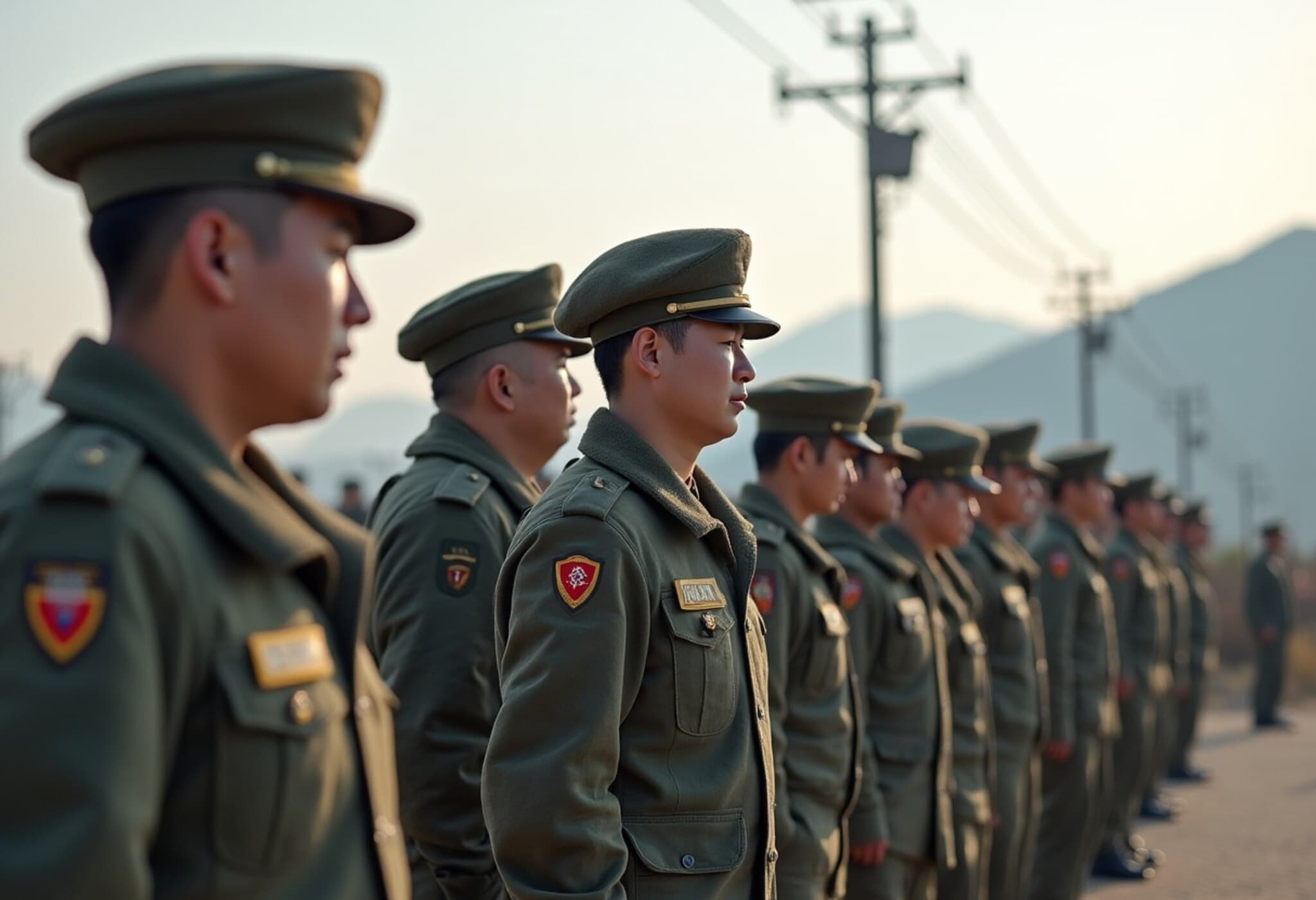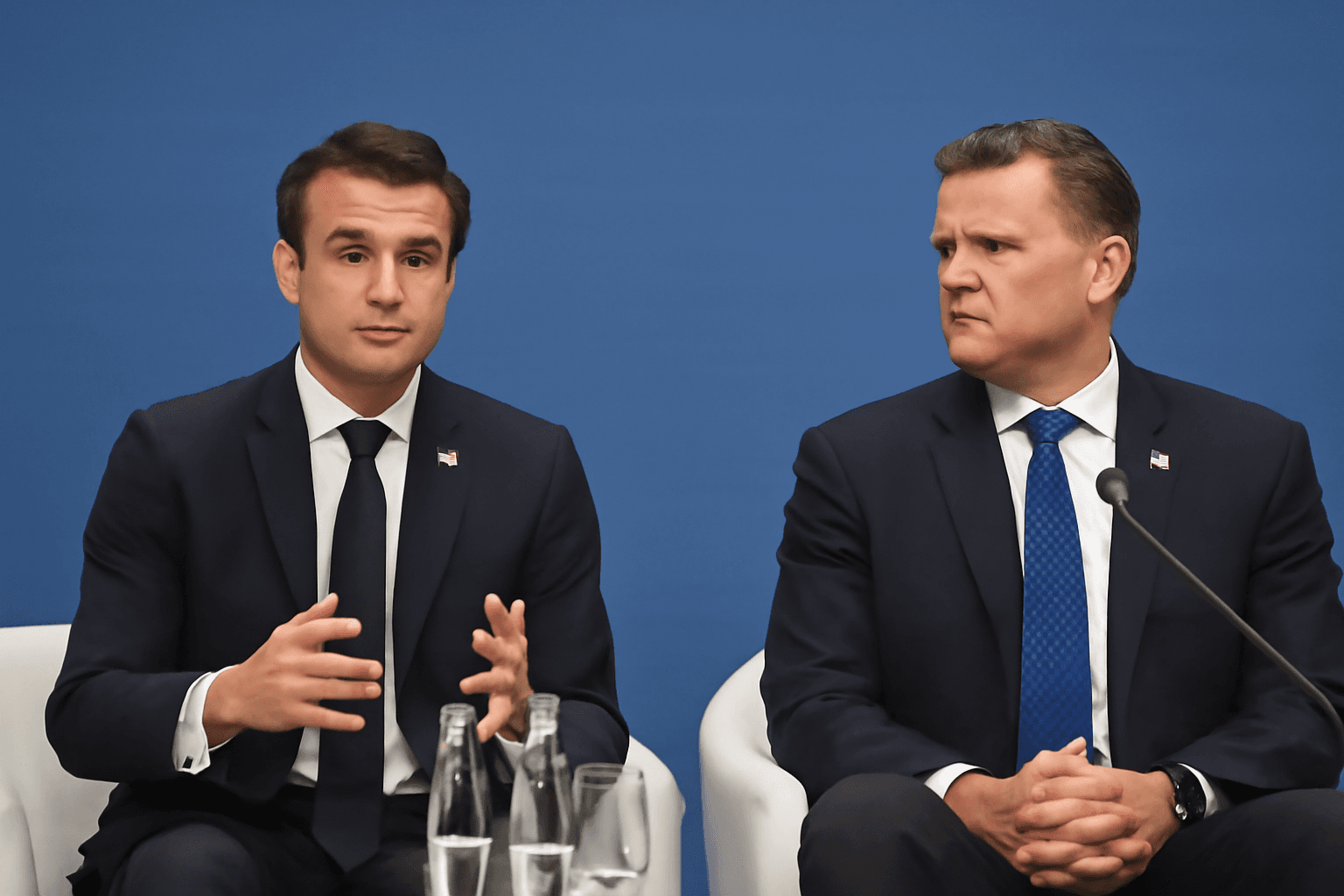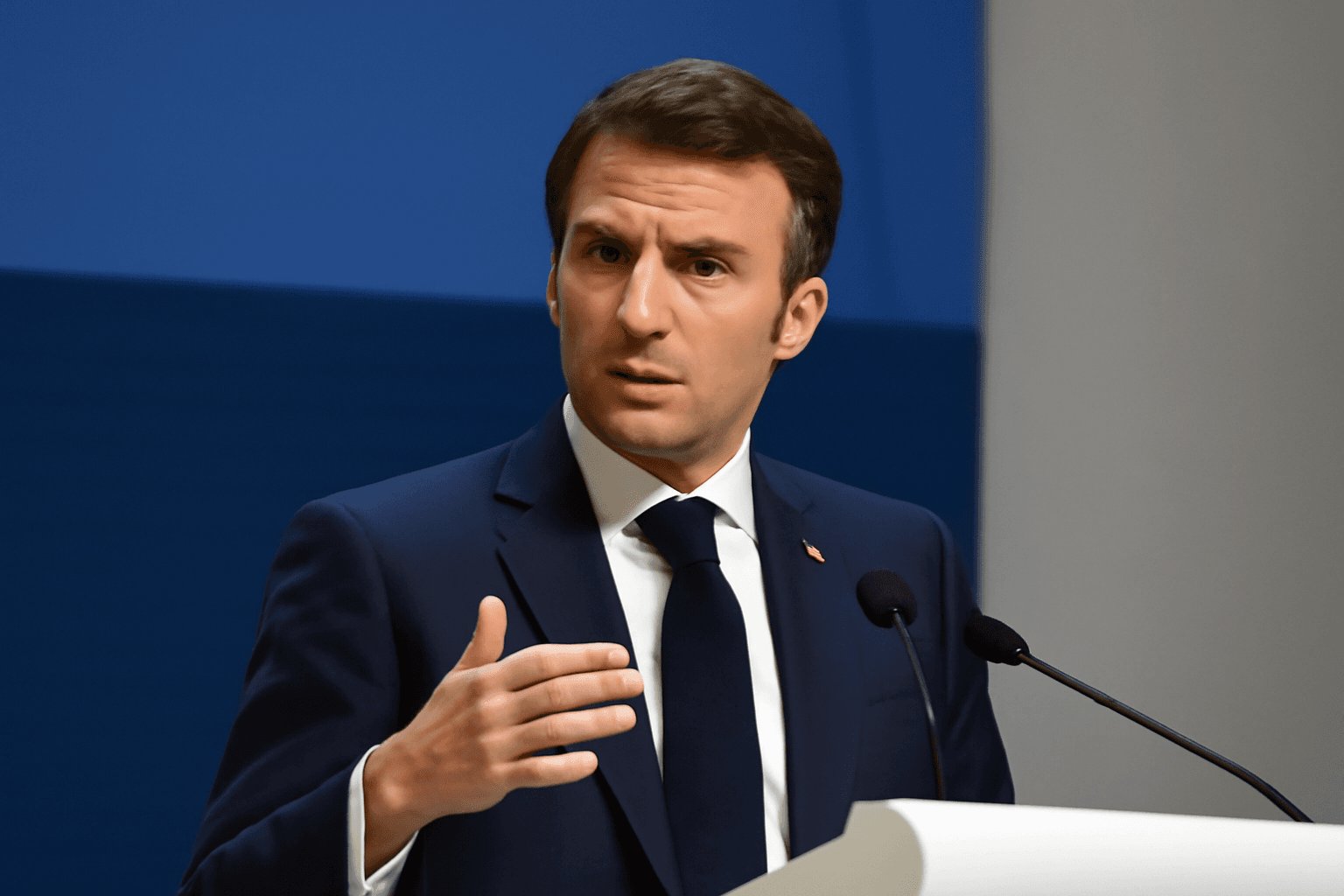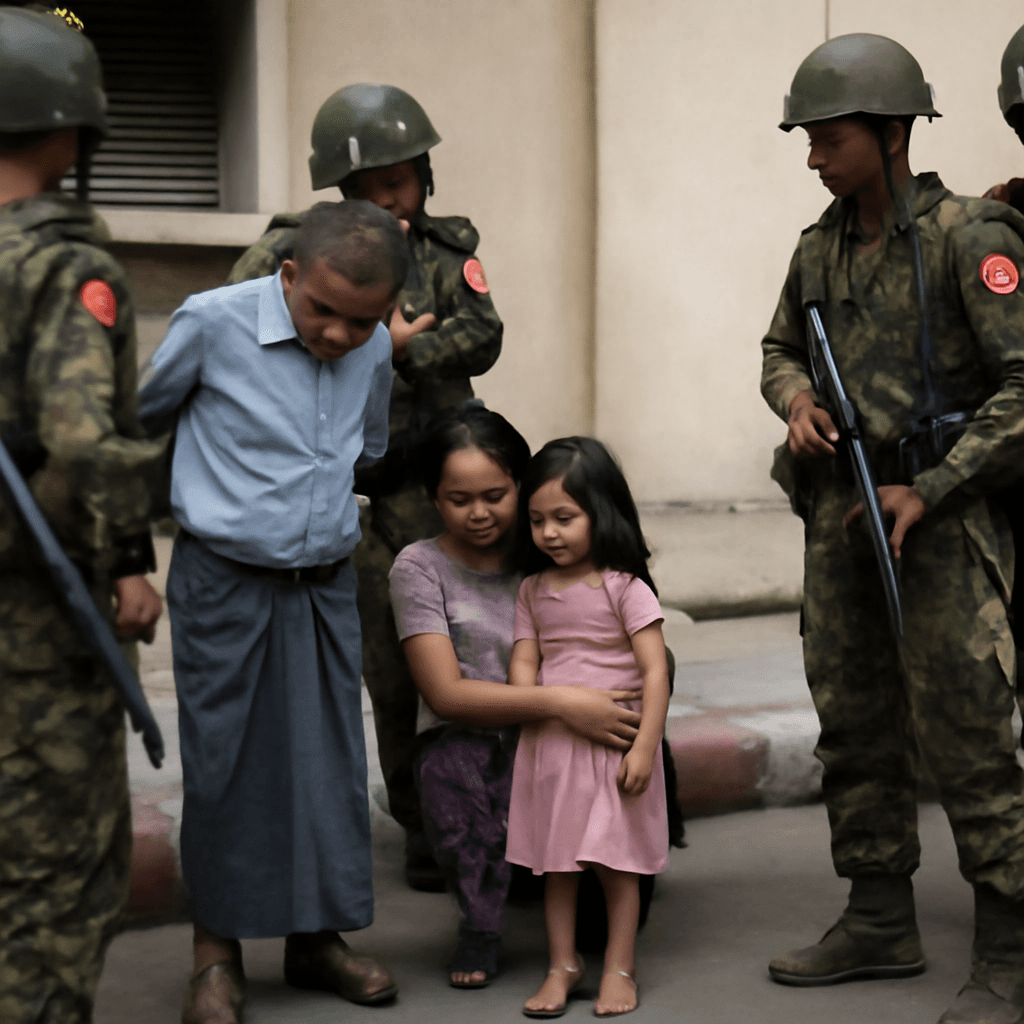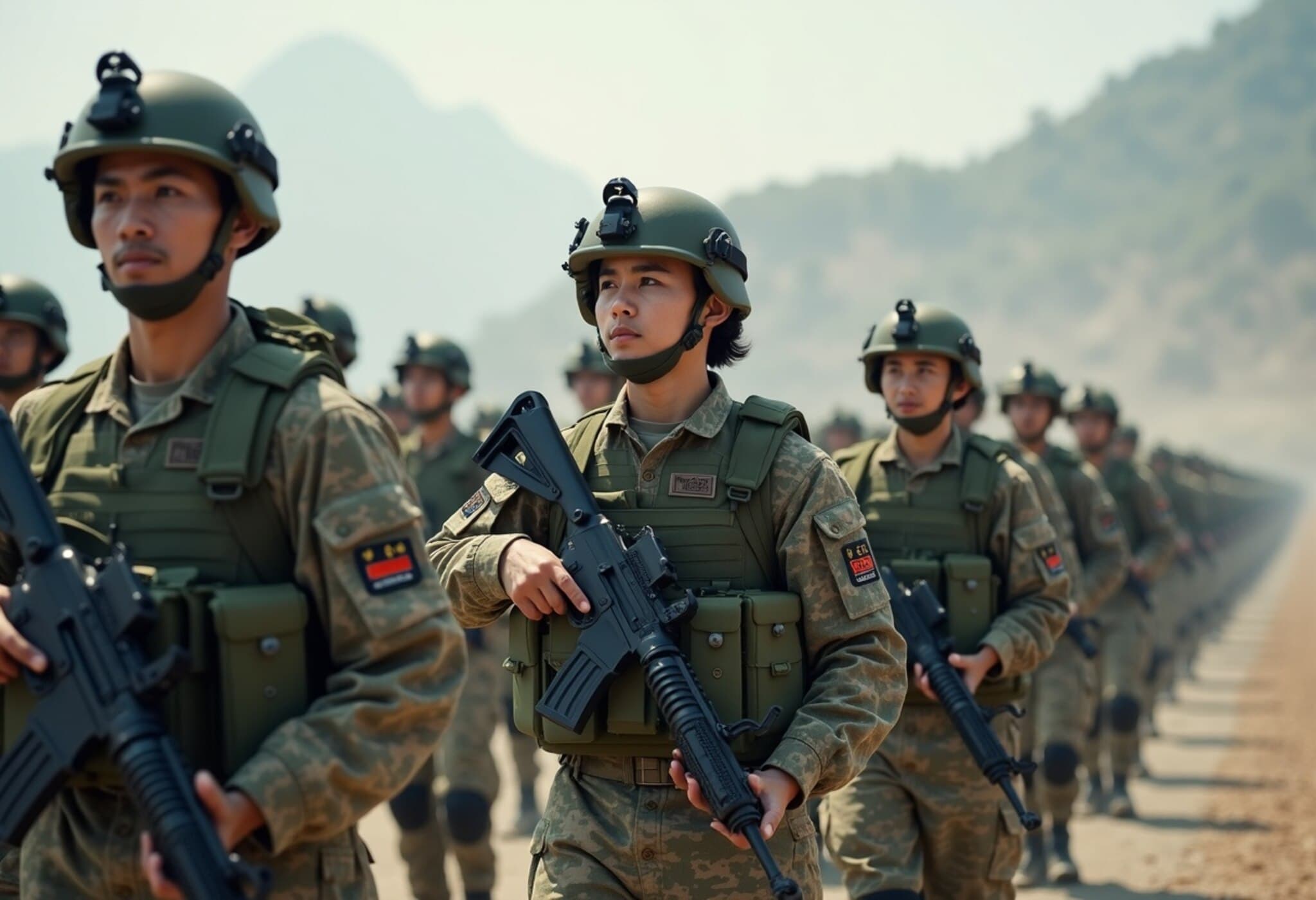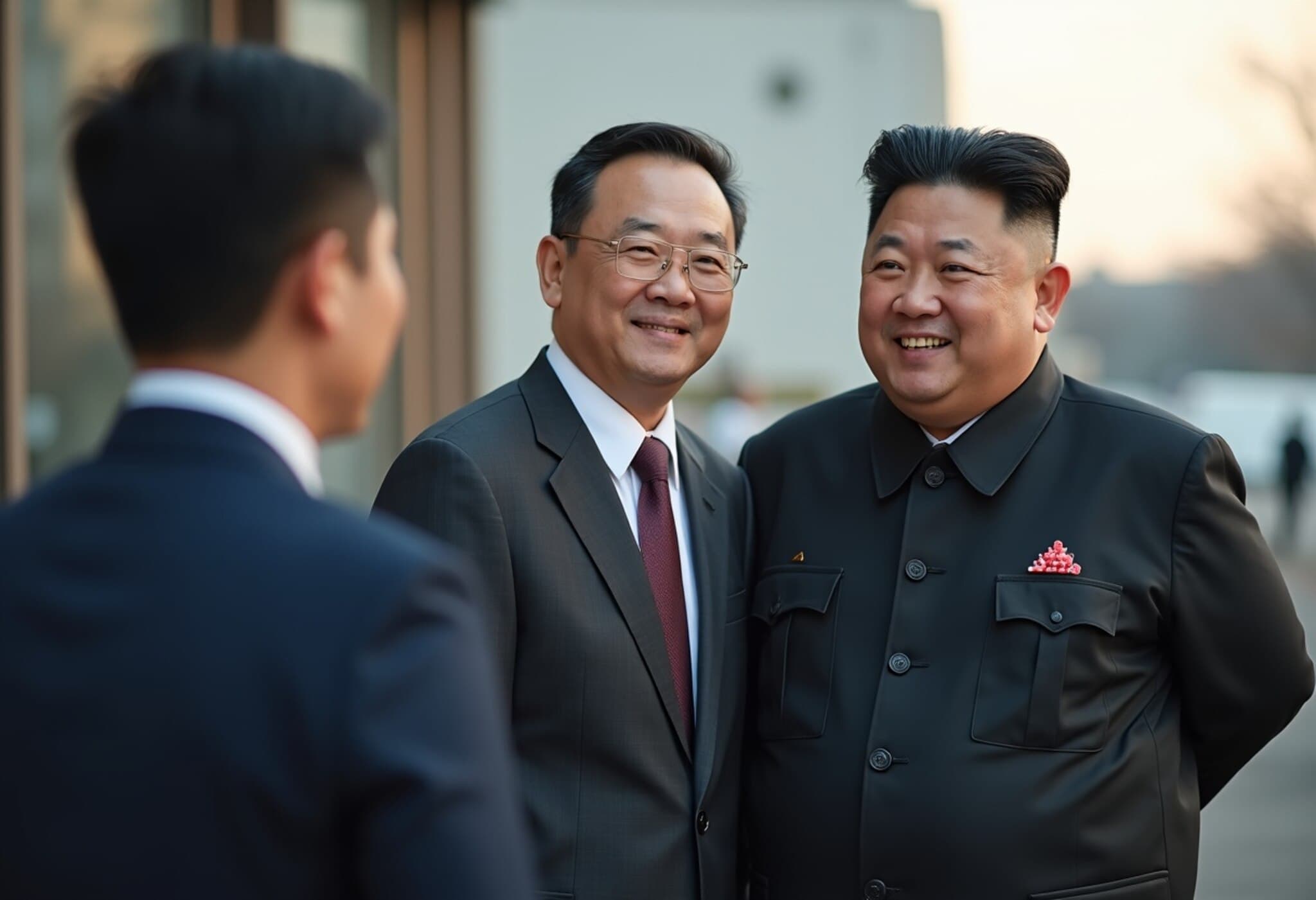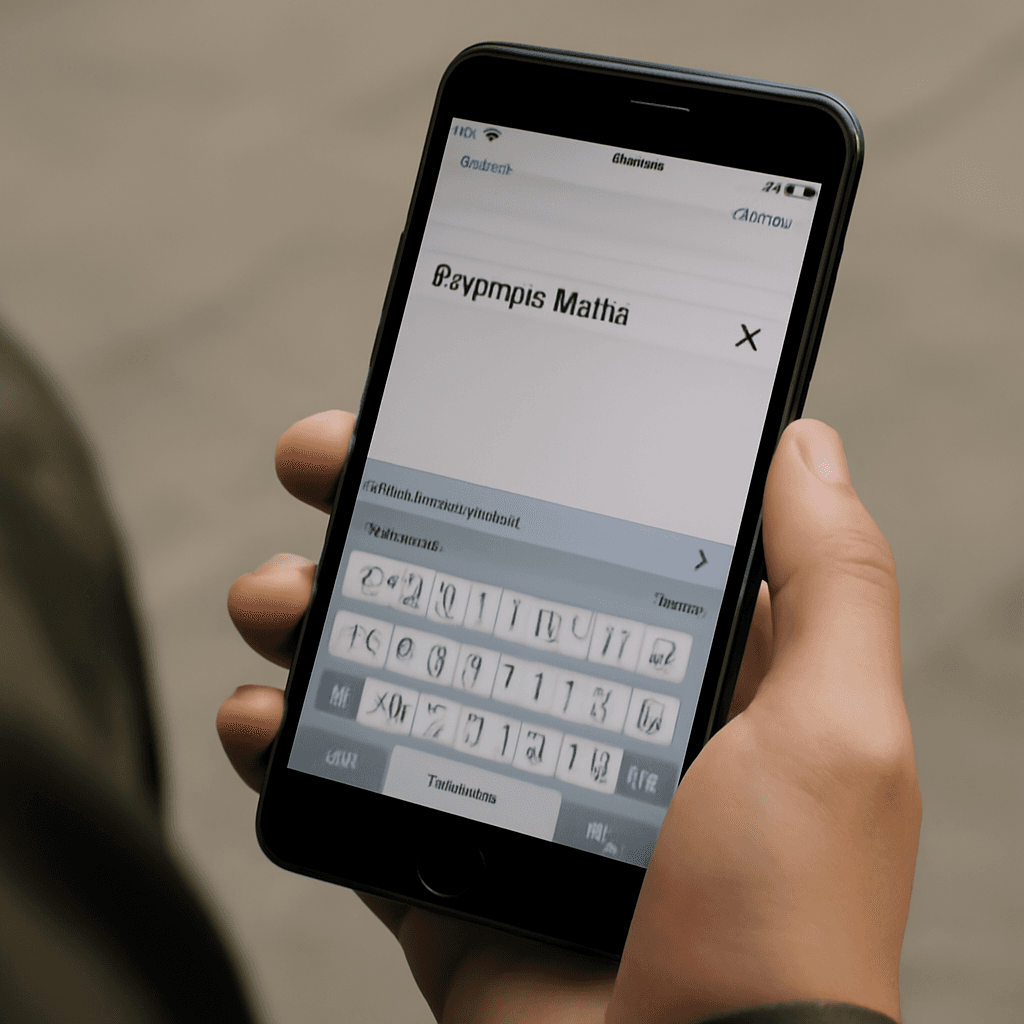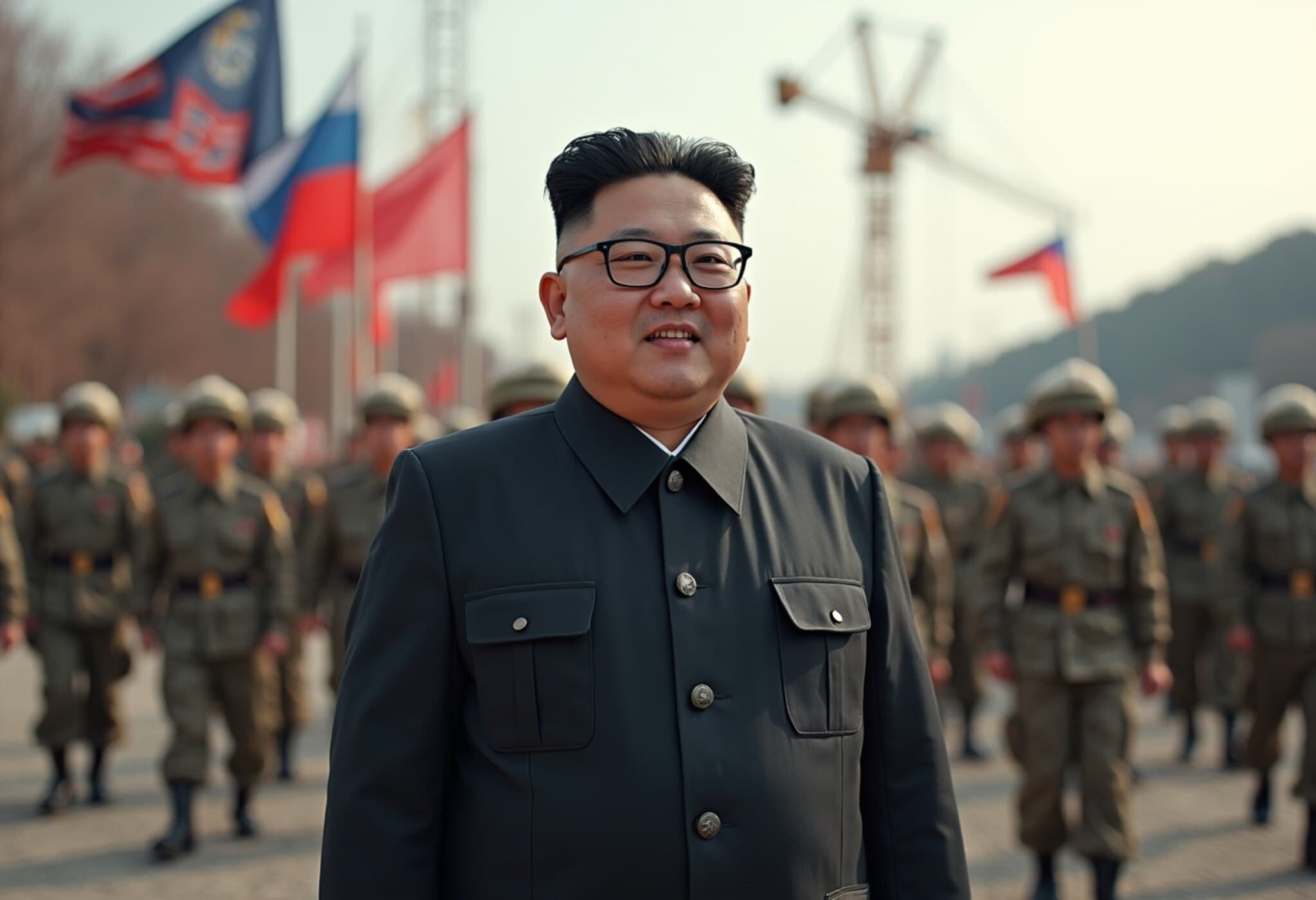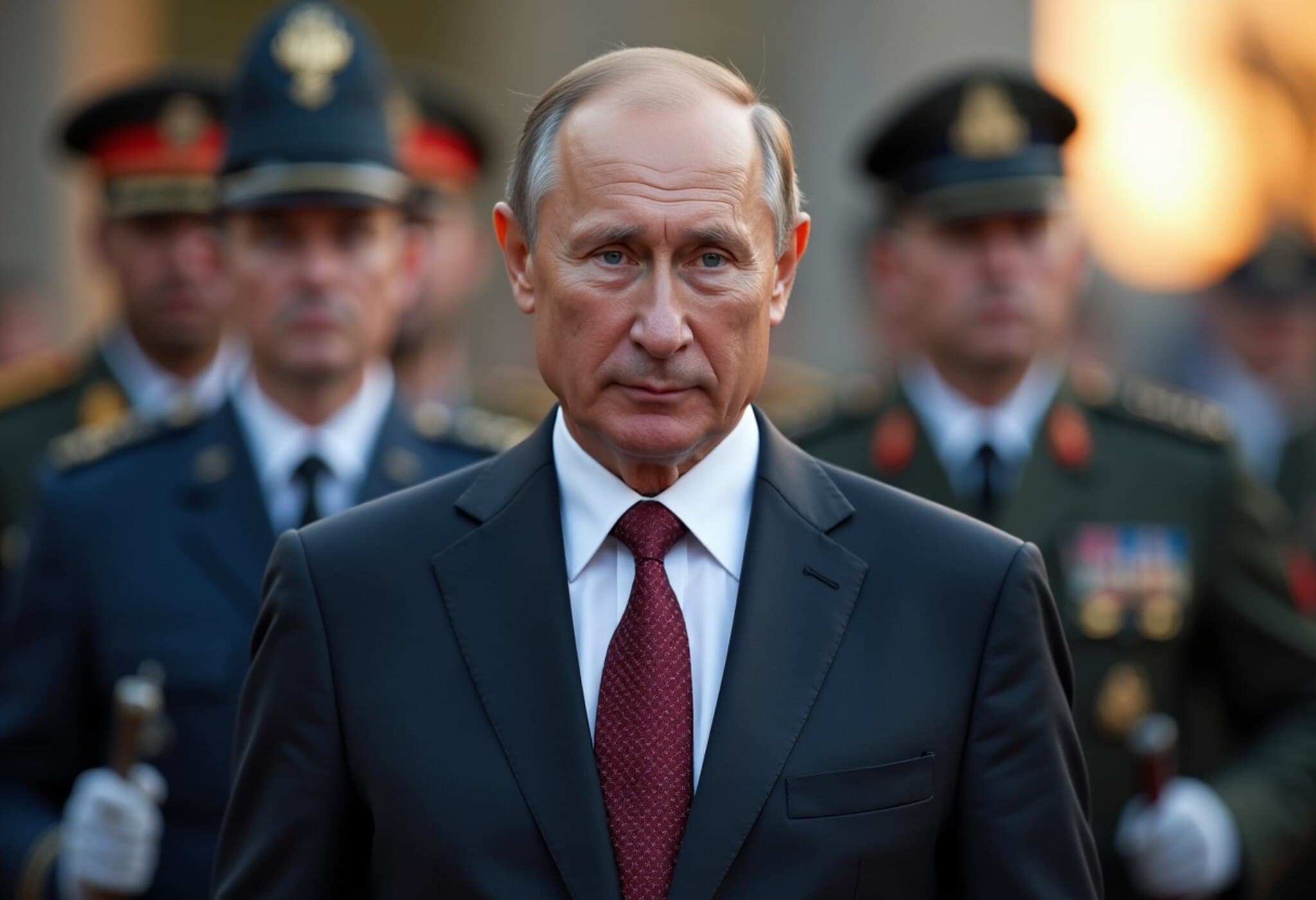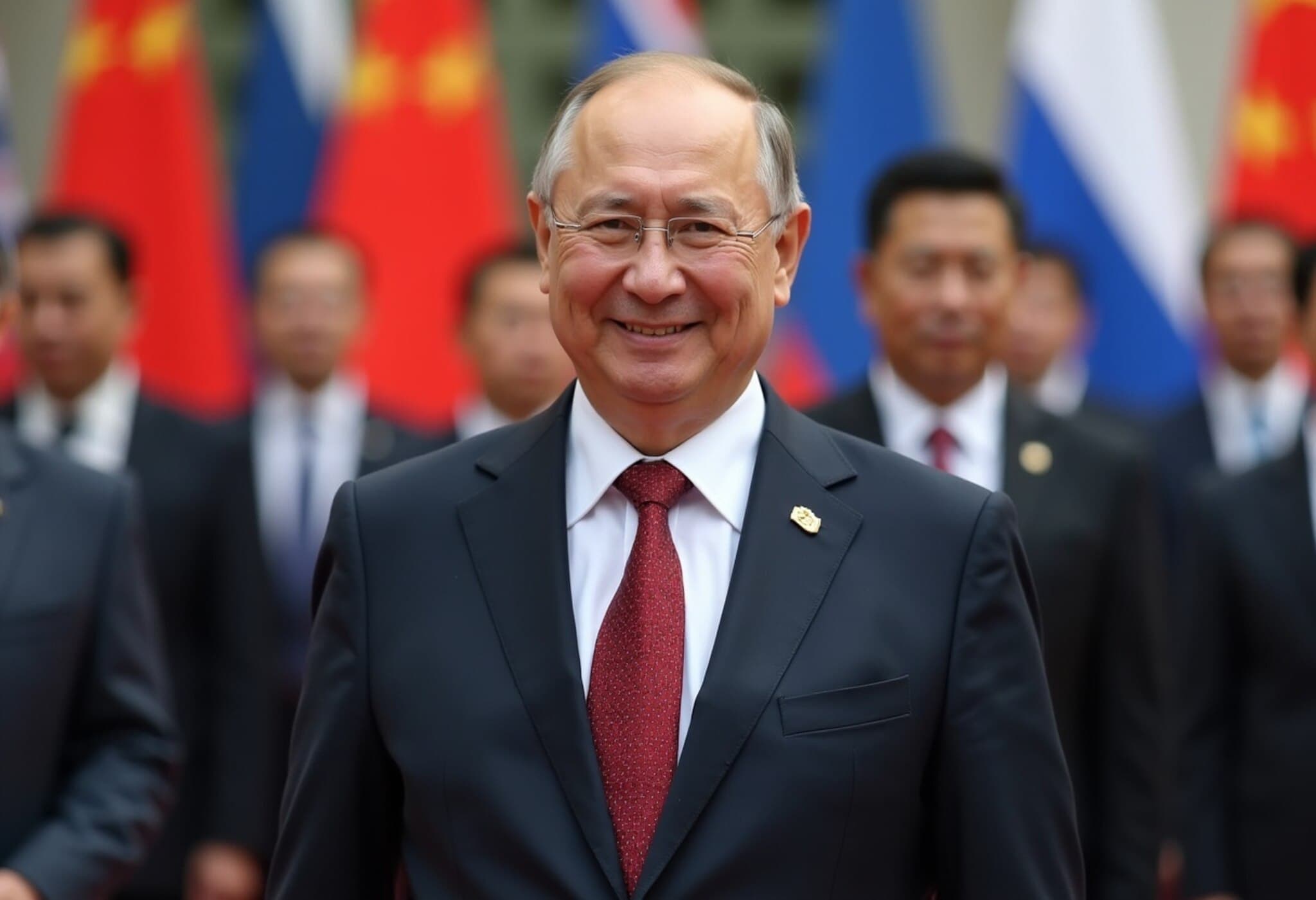North Korea Begins Removing Border Loudspeakers Amid Thaw in Inter-Korean Relations
In a significant development reflecting warming ties between the two Koreas, North Korea has started dismantling propaganda loudspeakers along the heavily fortified Demilitarized Zone (DMZ), according to South Korea’s military statement on Saturday.
This action follows South Korea’s own removal of similar devices and suspension of broadcasts, part of President Lee Jae Myung's broader efforts to ease decades-long tensions with Pyongyang through dialogue and diplomacy.
Background: From Loud Propaganda to Silence
For years, the border between North and South Korea was rife with hostile broadcasts—North Korea blaring unsettling noises and propaganda messages toward the South, while South Korea countered with K-pop music and news reports aimed at the North. These broadcasts, often experienced by residents near the DMZ as annoying or intimidating, were a symptom of the deep-seated animosity and unresolved conflict stemming from the Korean War armistice.
South Korea's recent decision to halt their loudspeaker broadcasts in June marked the beginning of a de-escalation process. The move was a centerpiece of President Lee's policy change from the previous administration’s hardline stance, emphasizing engagement without preconditions and a return to dialogue after years of renewed hostilities, including the symbolic exchanges of thousands of leaflets and trash balloons flown by both sides.
Military Confirmation and Ongoing Monitoring
Seoul’s Joint Chiefs of Staff confirmed the dismantling, stating, “The South Korean military has detected North Korean troops dismantling propaganda loudspeakers in some parts along the front line from this morning. It remains to be confirmed whether the devices have been removed across all regions, and the military will continue to monitor related activities.”
This cautious optimism underscores the sensitive nature of inter-Korean relations. While these steps hint at improved communication channels and a potential thaw, decades of suspicion mean that both sides remain vigilant.
Political Context: A Fresh Approach Under President Lee Jae Myung
Lee Jae Myung’s administration has pushed for reconciliation through lowered military provocations and renewed diplomatic overtures. This involved requesting South Korean civic groups to stop sending anti-North propaganda leaflets, a practice that had irrefutably exacerbated tensions under former President Yoon Suk Yeol.
Moreover, amid growing geopolitical complexities—including North Korea's closer alignment with Russia following its invasion of Ukraine—South Korea’s approach signals a strategic pivot aimed at stabilizing the peninsula through engagement rather than confrontation.
Why This Matters: The Broader Implications of the DMZ's Quieting
- Symbolic De-escalation: Removal of loudspeakers represents more than silence; it’s a tactile sign of reducing hostility and opening pathways for dialogue.
- Human Impact: Residents near the DMZ have endured years of psychological distress from the blaring broadcasts; this move promises an immediate quality-of-life improvement.
- Geopolitical Recalibration: The easing might affect regional security dynamics, offering new opportunities for peace talks, though it remains to be seen how North Korea’s broader strategic ambitions will evolve.
Unanswered Questions and Future Outlook
Despite the positive signs, critical questions linger:
- Will these tangible steps lead to formal peace negotiations, finally ending the Korean War stalemate?
- To what extent will external powers, including the U.S. and China, influence or support this rapprochement?
- Will North Korea reciprocate with broader commitments, such as denuclearization or humanitarian collaboration?
Only time will reveal whether the quieting of the DMZ heralds a sustained peace or remains a temporary pause amid a longstanding conflict.
Editor’s Note
The dismantling of propaganda speakers at the Korean DMZ marks a promising but tentative step towards diplomacy on the peninsula. It underscores the power of symbolic gestures in breaking cycles of antagonism. However, this gesture also exposes the fragility of peace efforts shaped by decades of mistrust and geopolitical tension. As the world watches, the question remains: can these initial signals pave the way for a durable peace treaty, or are they merely a brief calm before old rivalries resurface?

